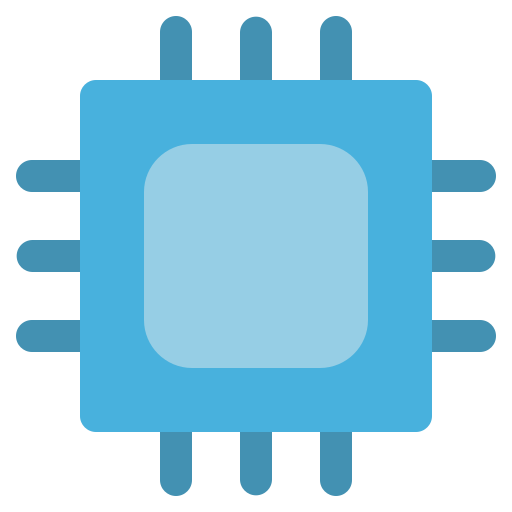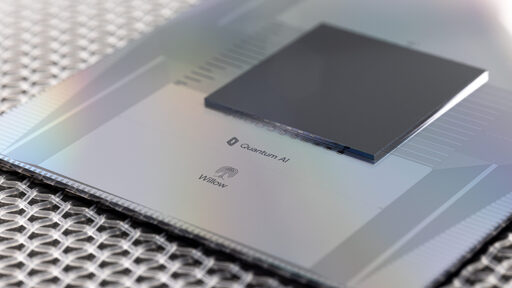The fact that the demonstrations were done with small molecules, however, means that the modeling run on the quantum computer could also have been done on classical hardware * (it only required 15 hardware qubits). So Google is claiming both quantum advantage and quantum utility, but not at the same time. The sorts of complex, long-distance interactions that would be out of range of classical simulation are still a bit beyond the reach of the current quantum hardware. O’Brien estimated that the hardware’s fidelity would have to improve by a factor of three or four to model molecules that are beyond classical simulation.
The quantum advantage issue should also be seen as a work in progress. Google has collaborated with enough researchers at enough institutions that there’s unlikely to be a major improvement in algorithms that could allow classical computers to catch up. Until the community as a whole has some time to digest the announcement, though, we shouldn’t take that as a given. **
The other issue is verifiability. Some quantum algorithms will produce results that can be easily verified on classical hardware—situations where it’s hard to calculate the right result but easy to confirm a correct answer. Quantum echoes isn’t one of those, so we’ll need another quantum computer to verify the behavior Google has described.
* Still not actually any more useful than similar modeling done on standard binary computers.
** Not peer reviewed.
“Useful”



